
-

Introduce the processing techniques that affect the surface hardness of stainless steel strips
The processing technology that affects the surface hardness of stainless steel strips revolves around two main logics: "cold working deformation" and "heat treatment control". By changing the internal crystal structure of stainless steel strips (such as grain refinement and internal stress accumulation), their surface and overall hardness are directly determined. Among them, cold rolling process i
2025-09-23 -

What are the surface treatment processes for stainless steel coils
The surface treatment process of stainless steel coils can be divided into three categories according to core requirements, which are simplified as follows: 1、 Basic treatment: Bottom layer to remove defects Degreasing: Use cleaning agents/ultrasonic waves to remove oil stains and fingerprints, preparing for subsequent processes, suitable for pre-treatment of all roll materials. Acid pickling:
2025-09-16 -

Where is the corrosion resistance of stainless steel strip reflected
The corrosion resistance of stainless steel strips does not stem from the material's "non rusting" properties, but rather from its formation of an "active defense system" against environmental media (such as oxygen, water, acid-base solutions, etc.) through specific composition design and surface passivation mechanisms. The core is reflected in the following three aspects:
2025-09-09 -

What are the applications of stainless steel coils in mining equipment
Stainless steel coils are widely used in mining equipment (including mining, oil and gas mining, deep-sea mineral mining, etc.) due to their excellent corrosion resistance, high strength, and processability. The core is to solve the pain points of "high corrosion, high wear, and complex working conditions" in mining environments. Specific applications can be divided into the following categories a
2025-09-03 -

Briefly introduce the tensile strength of stainless steel strip
The tensile strength of stainless steel strip refers to the ratio of the maximum tensile force it can withstand to the cross-sectional area before tensile fracture (usually measured in MPa), which is the core mechanical indicator for measuring its tensile resistance. The main characteristics and key information can be summarized as the following three points:
2025-08-26 -

Why is stainless steel coil used for the shell of large storage tanks
The shell of large storage tanks is made of stainless steel coils, which are designed to meet the core requirements of "long-term storage, safe pressure bearing, and adaptability to various media" by utilizing their characteristics of corrosion resistance, good formability, stable strength, and easy maintenance, especially for harsh storage environments such as corrosion, high temperature, and hyg
2025-08-19 -

What is the cold rolling process for stainless steel strip
The cold rolling process of stainless steel strip is the process of rolling and processing the hot-rolled stainless steel strip at room temperature to obtain higher dimensional accuracy, better surface quality, and specific mechanical properties. Its process is complex and requires strict equipment and operation. The specific process is as follows:
2025-08-12 -

What are the performance advantages of stainless steel strips
Stainless steel strip is a strip product made from stainless steel through rolling, slitting and other processes. With its unique material properties and processing performance, it is widely used in many fields. Its performance advantages are mainly reflected in the following aspects:
2025-07-29 -

What is the wear resistance of stainless steel coils
The wear resistance of stainless steel coils is not fixed, but depends on their alloy composition, microstructure, surface state, and specific usage environment (such as friction mode, load size, medium corrosiveness, etc.). Overall, it presents a "moderate to high" characteristic, and there are significant differences among different models. The following is a specific analysis from two aspects:
2025-07-22 -

What is the durability of stainless steel strip
The durability performance of stainless steel strip is good, which is closely related to its material characteristics, processing technology, and usage environment. This is reflected in the following aspects, and the durability in different scenarios will also be affected by certain factors:
2025-07-15
- 12-022025
What are the applications of stainless steel coils in the engineering equipment industry
The engineering equipment industry covers multiple sub sectors such as chemical engineering, energy, construction engineering, and rail transit. Stainless steel coils, with their characteristics of corrosion resistance, high strength, and easy processing, can be processed into various structural components, containers, accessories, etc., suitable for complex working conditions of different enginee
- 11-252025
What is the cold working process for stainless steel strip
The cold processing technology of stainless steel strip refers to a series of processing procedures that change the size, shape, and mechanical properties (such as strength, hardness, toughness) of stainless steel strip through plastic processing methods such as rolling, stamping, bending, and stretching at room temperature or below the metal recrystallization temperature (usually ≤ 450 ℃), withou
- 11-182025
Why do mixing equipment require stainless steel coils
The mixing equipment uses stainless steel coils, with the core of utilizing their corrosion resistance, ease of processing, and hygiene grade characteristics to adapt to the working conditions of material mixing and ensure equipment stability. Core usage reasons 1. Corrosion resistance and adaptability to various materials: Stainless steel coils (commonly made of 304 and 316L materials) can resi
- 11-102025
How is the corrosion resistance of stainless steel coils achieved
The core of the corrosion resistance performance of stainless steel coils is the formation of a dense and stable passivation film on the surface, which, combined with alloy composition optimization and production process support, fundamentally blocks the contact between the corrosive medium and the substrate. The specific implementation logic is as follows:
- 11-052025
How to control the accuracy of stainless steel strip
The precision control of stainless steel strip is a full process management process that runs from raw materials to finished products, with the core being the control of rolling process and finishing treatment.
 WeChat ID:www.80xycq.com
WeChat ID:www.80xycq.com




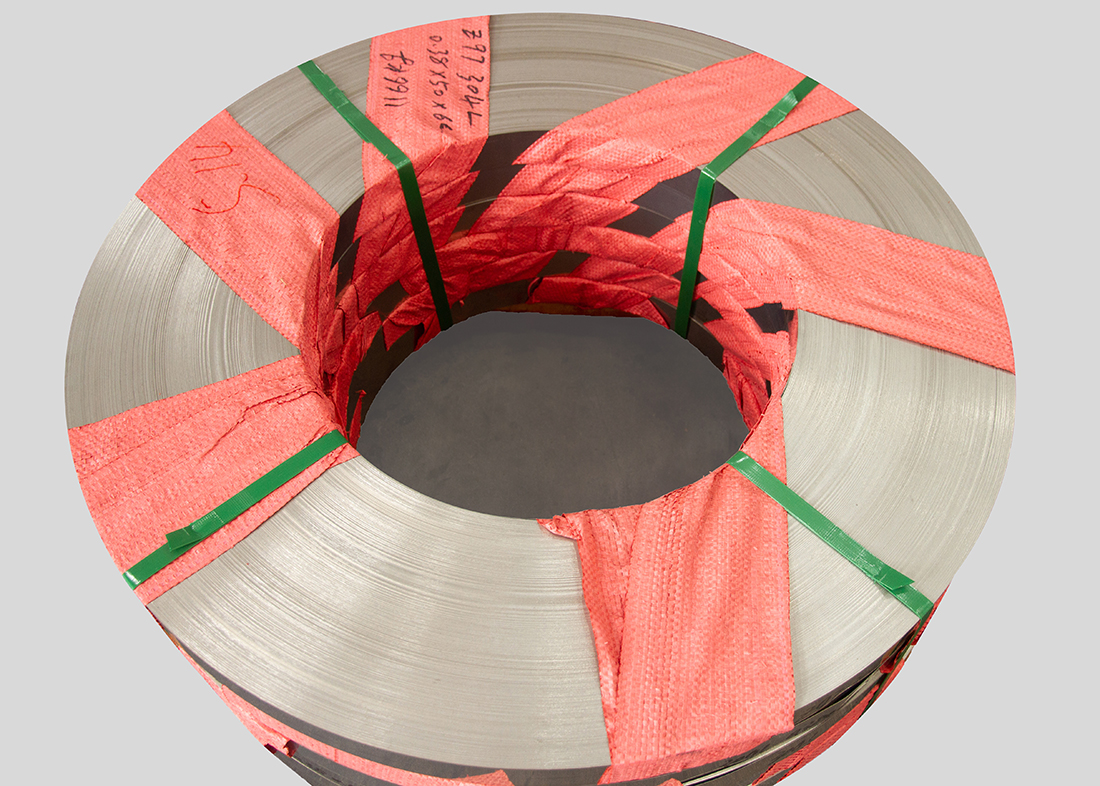
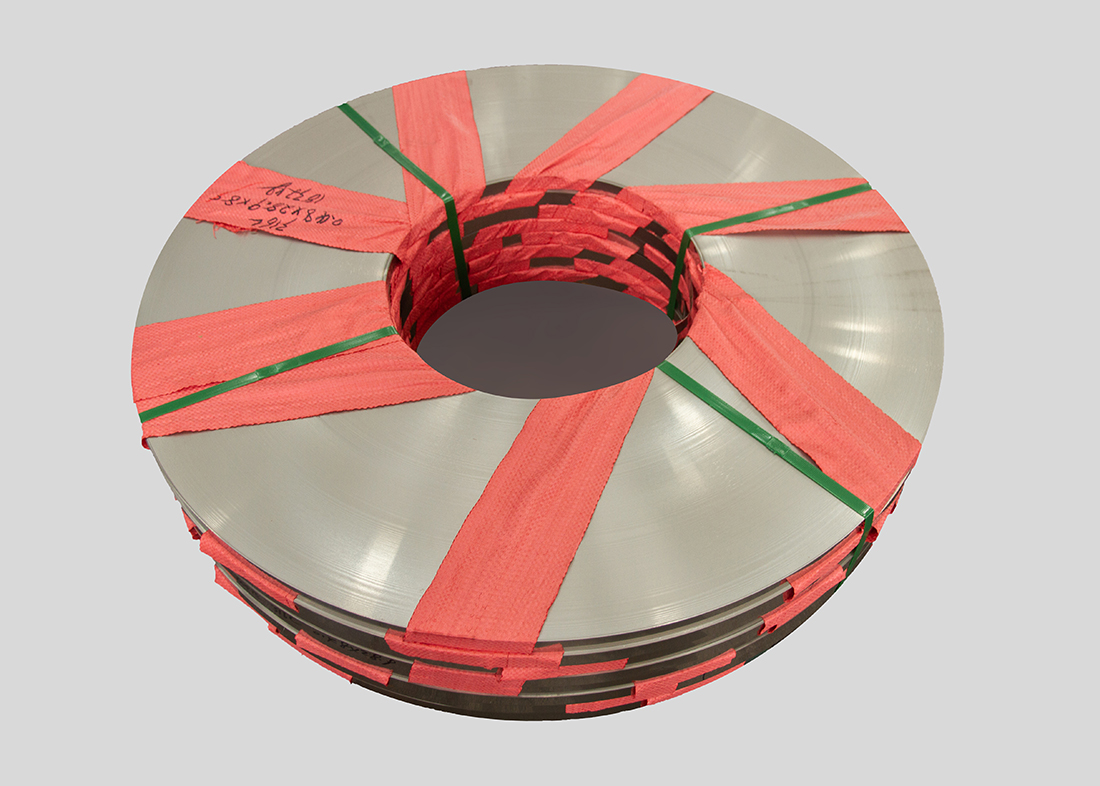
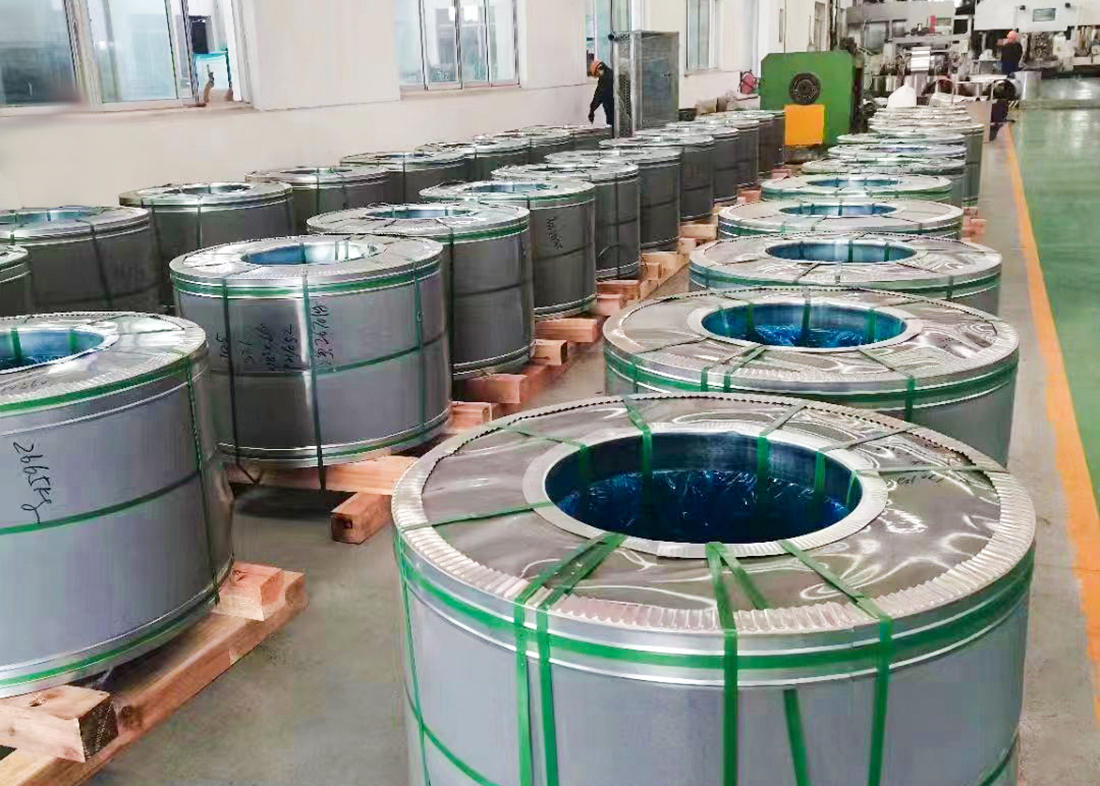
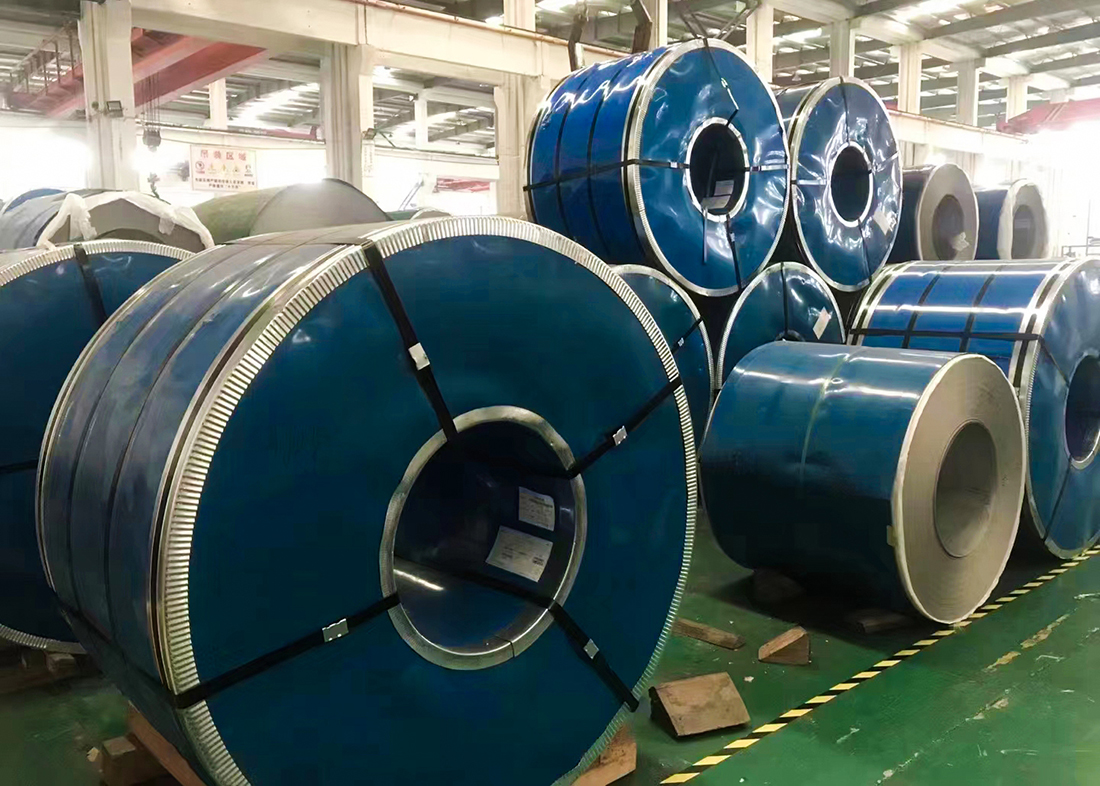
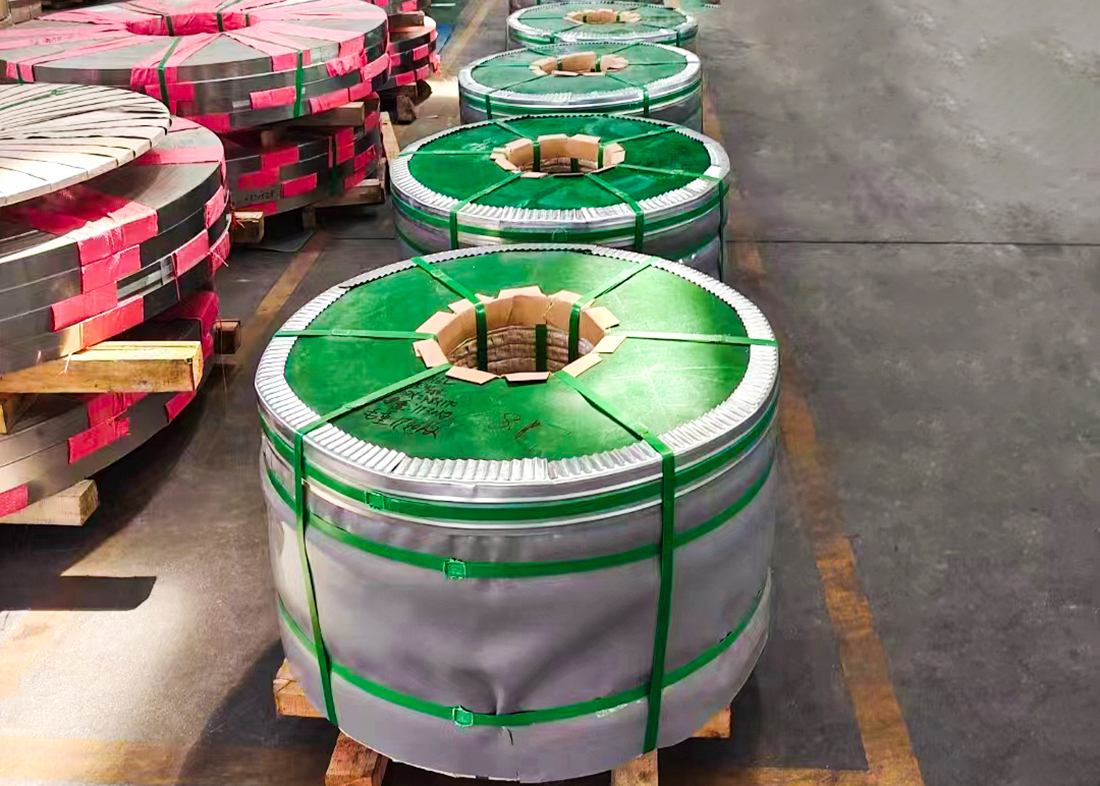


 Add WeChat
Add WeChat
 Contact us
Contact us
 The phone
The phone